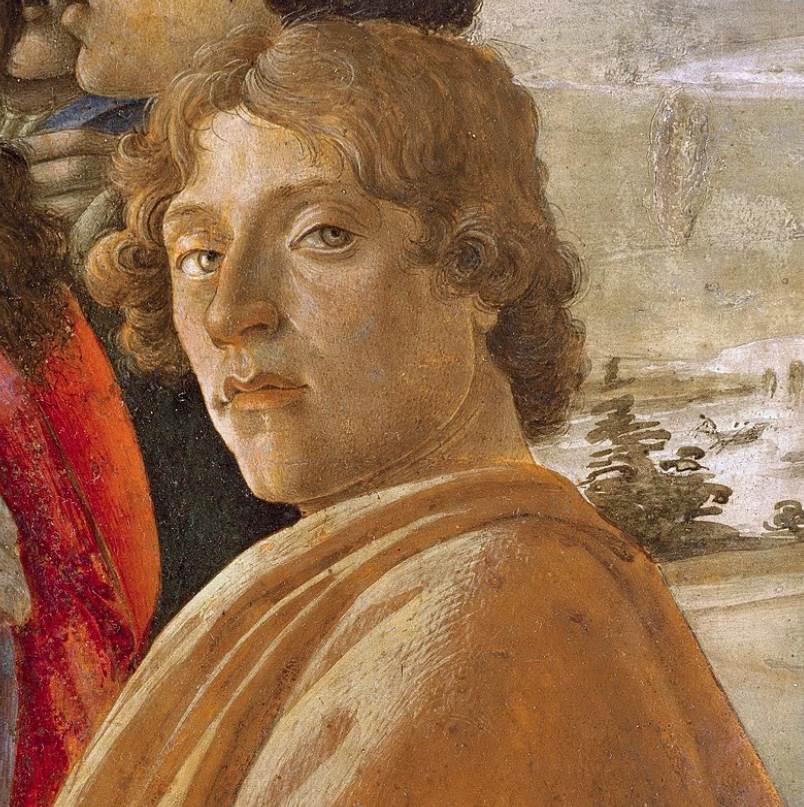The Renaissance was a period that was born in Florence, Italy. Humanity left the dark Middle Ages behind and embarked on a quest to measure life by the achievements of people.
This way of thinking, which was grounded in the revived study of classical antiquity, expressed itself in art, architecture, politics, science, and literature.
In this post, we’ll take a closer look at some of the most famous Renaissance artists who without a doubt attributed the most to this period in human history.
1. Leonardo da Vinci
Leonardo da Vinci (1452-1519) is arguably one of the most famous artists to have ever walked the planet. This is mostly because he created some of the most famous paintings in the world, including the Mona Lisa and The Last Supper.
This Italian polymath was much more than merely a painter, and even though he was prone to procrastination, he left a legacy that is virtually unmatched. Because of this, he’s often described as the ultimate “Renaissance Man,” a human being so talented that he belongs in a league of his own. He created some of the most famous Renaissance paintings in history.
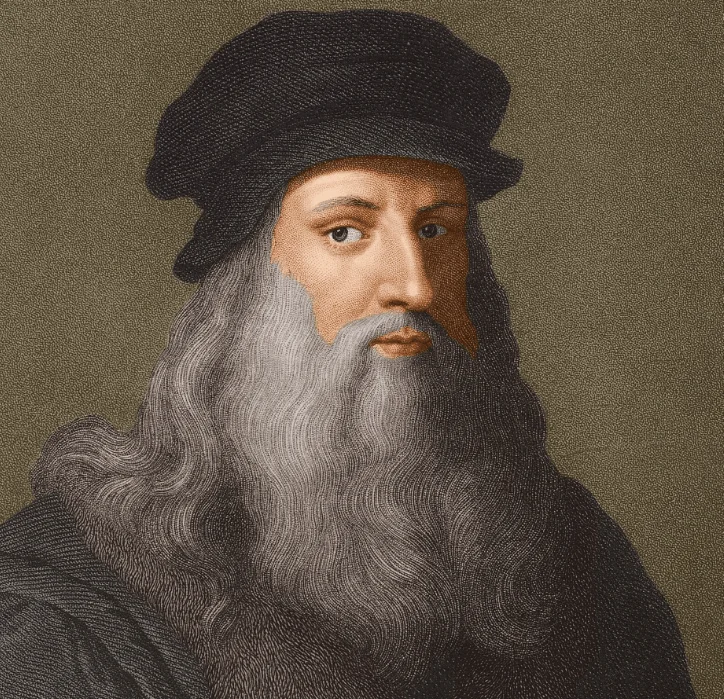
2. Michelangelo
Michelangelo Buonarroti (1475-1564) was another polymath who was born during the Renaissance and who left a permanent mark on the world through his art. His main talent was sculpting with his most famous works being the Pietà and David, two of the most famous sculptures in the world.
Similar to da Vinci, Michelangelo was good at anything he put his mind to. This resulted in various works of art such as paintings like the Last Judgement and The Creation of Adam on the walls of the Sistine Chapel, or architecture, resulting in the St Peter’s Basilica and the Piazza del Campidoglio in Rome.

3. Raphael
Raphael Umbrias (1483-1520) was one of the most popular artists of the Renaissance, a real superstar in his days. It came as a shock when he suddenly died from a fever at the young age of 37, resulting in him being buried in one of the most amazing locations imaginable, the Pantheon in Rome.
He is mostly known for his wide collection of paintings, including some of the absolute masterpieces of the Renaissance such as “The School of Athens” in the “Raphael Rooms” of the Apostolic Palace, and “The Transfiguration,” a painting widely considered to be one of the most famous paintings in the world for over 300 years.
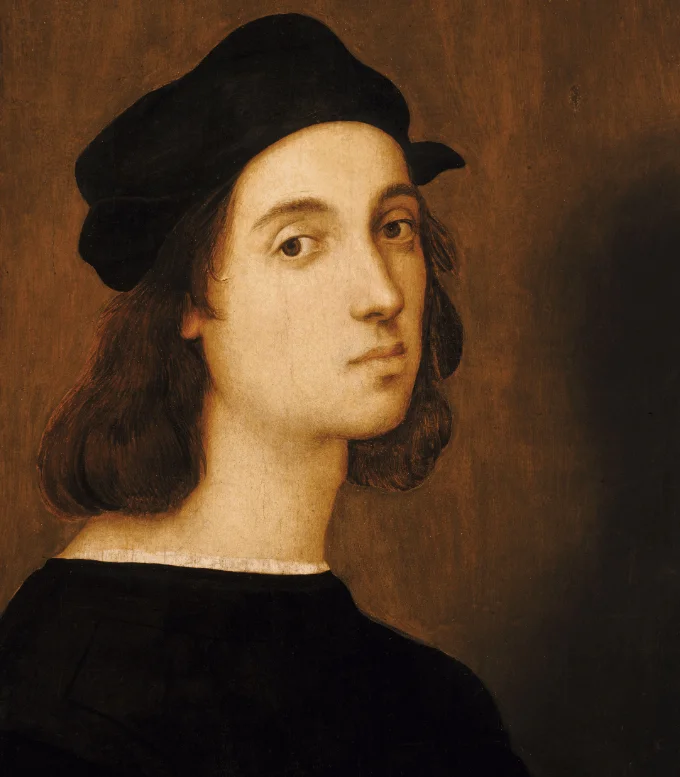
4. Bramante
Donato Bramante (1444-1514) was one of the most famous architects of the Renaissance. He originally started his artistic career as a painter, but quickly realized that he had a lot more talent as an architect. he eventually made his way to Milan where he worked for the Duke named Ludovico Sforza, the same boss as da Vinci had in the late 15th century. Here he used “trompe l’oeil,” an optical illusion to make something appear larger as it is, for the first time in architecture at the “Santa Maria Presso San Satiro” church in Milan.
After Sforza was removed, he moved to Rome where he started working for Pope Julius II, yes, yet again the same boss as all the other famous Renaissance artists. His Tempietto in the courtyard of the San Pietro In Montorio church in Rome is described as one of the “most harmonious structures of the Renaissance.” Bramante will always be remembered as the man who completed the first phase of St Peter’s Basilica in Rome, the largest church in the world.
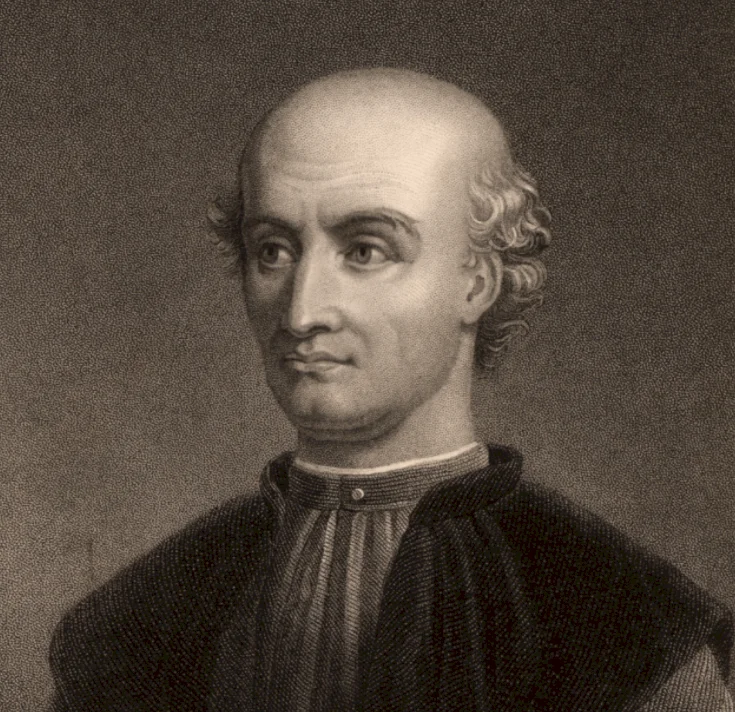
5. Donatello
Donato di Niccolò di Betto Bardi (1386-1466), better known as Donatello, was born in the late 14th century and was one of the most famous sculptors of the Renaissance. He basically invented a completely new style of sculpture which he had derived from studies of classical sculpture.
His most famous is also a statue of David which is considered the first free-standing nude statue created since antiquity. It’s also arguably the first real Renaissance sculpture created as it represents an allegory of the story of David and Goliath rather than a Brutal depiction of the event itself.
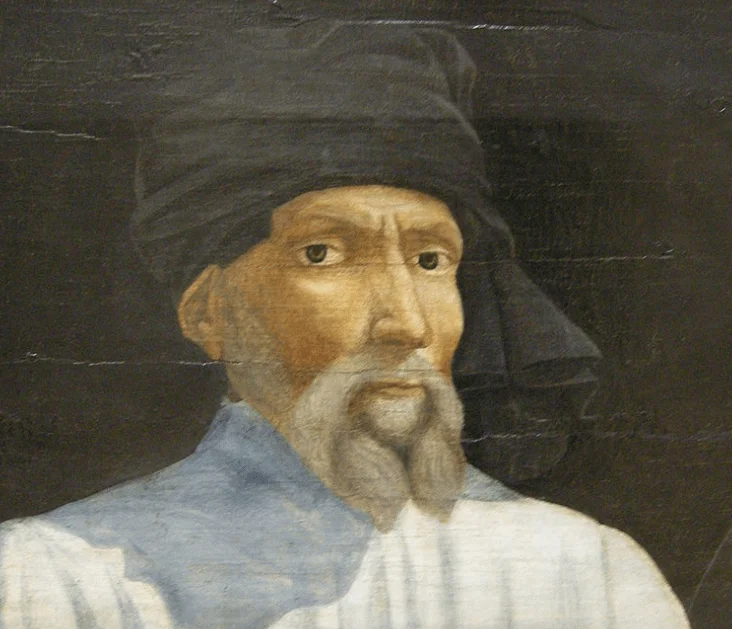
6. Filippo Brunelleschi
Filippo Brunelleschi (1377-1446) is considered to be the “founding father of Renaissance architecture.” His most famous projects are all located in his hometown of Florence and include the Basilica of San Lorenzo, the burial place of members of the powerful Medici family, and the Florence Cathedral dome, one of the most amazing domes ever constructed.
He is the one who went on a journey to Rome together with Donatello to study Ancient Roman monuments and set in motion a completely new concept of architecture based on classical structures. He also created a system to describe linear perspective which would become the standard for painters until the 19th century to depict realistic scenes, making him one of the most influential artists of the Renaissance.
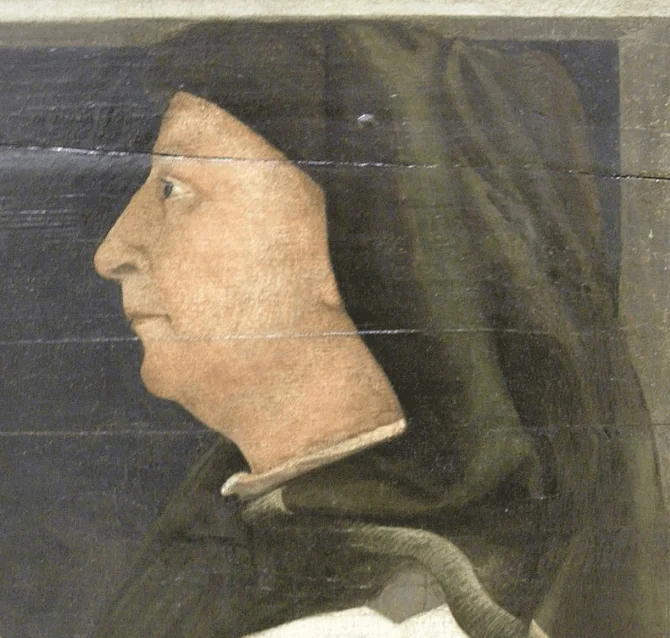
7. Jan van Eyck
Jan van Eyck (circa 1380-1441) was one of the most famous Renaissance artists in the northern part of Europe. He created some of the most famous paintings in the history of European art and transformed the International Gothic style of art and introduced a sense of naturalism and realism that hadn’t been found in art north of the Alps at the beginning of the 15th century.
He’s considered to be one of the founding fathers of “Early Netherlandish Painting,” also referred to as the “Flemish Primitives,” active in the Burgundian and Habsburg Netherlands in the 15th and 16th centuries. He was born in modern-day Belgium and became the court painter of both John III and Philip the Good while at the same time accepting multiple commissions from private clients. He died in Bruges and is credited with one of the most famous works of European art in history, the Ghent Altarpiece.
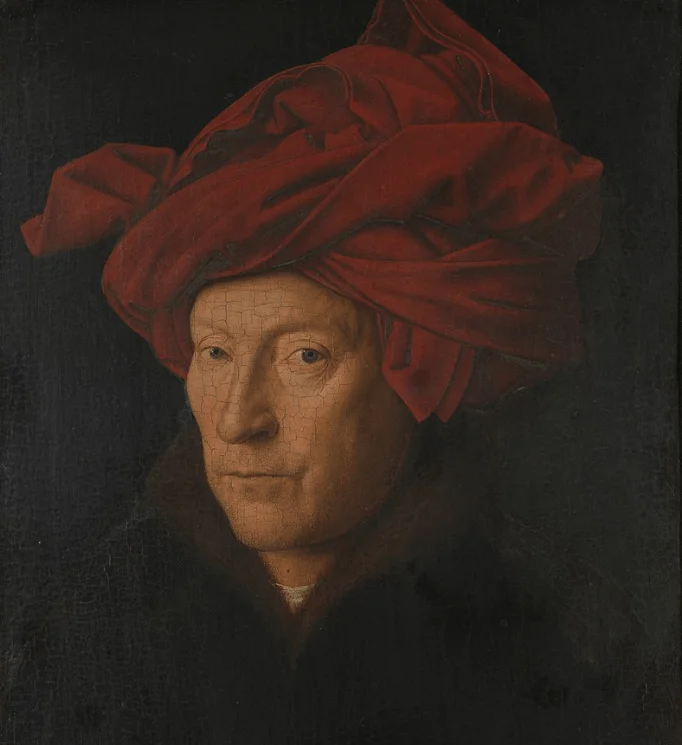
8. Titian
Titian (1488-1576) was an Italian painter and one of the founders of the Venetian School. He quickly became immensely successful as he was an apprentice at the workshop of Giovanni Bellini and his brother Gentile. He created a rich oeuvre of masterpieces and managed to overshadow both Italian Renaissance masters at a young age and would eventually become the dominant painter north of Rome for the next 6 decades.
It’s unclear when Titian was born precisely so it’s not exactly sure how old he became, but that he died at an extreme old age is relatively certain. According to himself in a letter he was born in the year 1474, which means he would have lived over 100 years. He left a legacy of over 400 paintings of which 300 still survive today. He’s considered to be one of the most influential artists of the Renaissance as well.
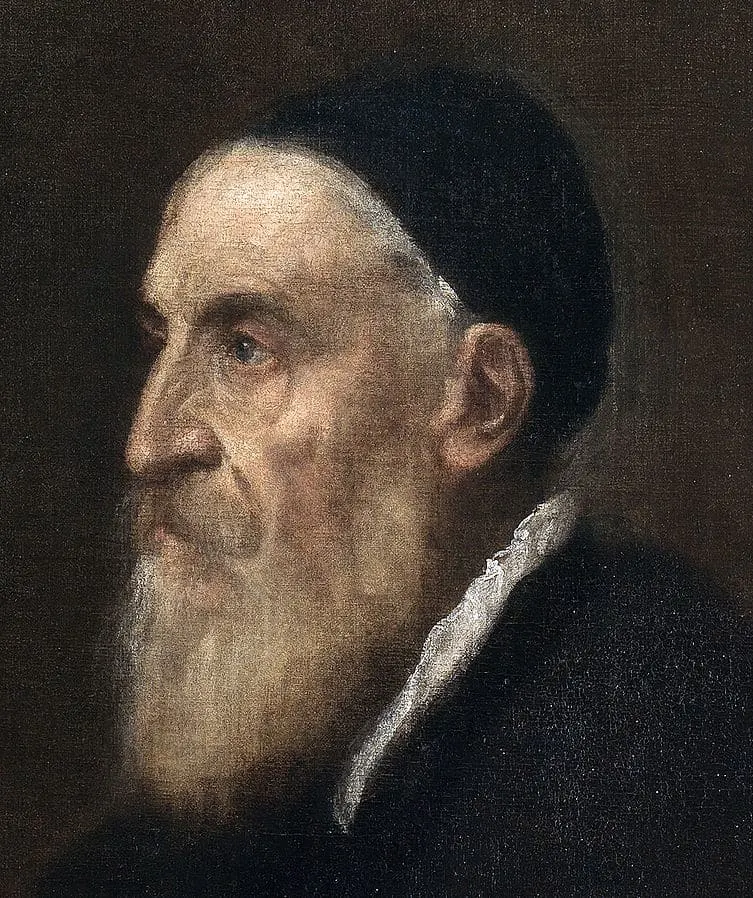
9. Hieronymus Bosch
Hieronymus Bosch (1450-1516) was one of the most influential Early Netherlandish artists of his time. Little is known about the artist’s life but his fantastical paintings inspired countless future generations. His most famous works are triptychs that depict his interpretation of Heaven and Hell, artworks that were popular all across Europe even during his lifetime.
His ultimate masterpiece is called “The Garden of Earthly Delights,” a work that ex”amplifies the artist’s style. Art historians are still debating whether or not he merely aimed to entertain viewers or if he intended to add a deeper meaning to his works. The underlying religious themes of his paintings suggest the latter, although it remains a mystery, just like his entire life.

10. Pieter Bruegel the Elder
Pieter Bruegel the Elder (1525/1530-1569) was born in or around Breda and later moved to Antwerp, a city in modern-day Belgium. He traveled to Italy to study the most famous Renaissance artists of his time and focused on printmaking upon his return to Antwerp in 1555. After all, this city was home to the leading publishers at the time.
His prints and engravings aren’t what made him famous, though. He picked up oil painting as his main activity in the early 1560s and produced several masterpieces. Some of his most famous works are ordinary scenes of peasants, landscapes, and farmers working in the field. He died relatively young in 1569 and his sons, Pieter Brueghel the Younger and Jan Brueghel the Elder, became successful artists as well.

11. Sandro Botticelli
Sandro Botticelli (1445-1510) was an Italian artist who was born and raised in Florence and who lived and worked most of his career in this city. He started his apprenticeship under the renowned Florentine painter Filippo Lippi (1406-1469) and started his own workshop after his master died in the early 1470s.
He developed a unique style that doesn’t resemble the direction in which most Renaissance artists of the 15th century went in. Especially during the final years of his life, his style became a lot more old-fashioned and resembled the works of Gothic artists. Primavera and The Birth of Venus are his most famous works and world-famous works of art.
